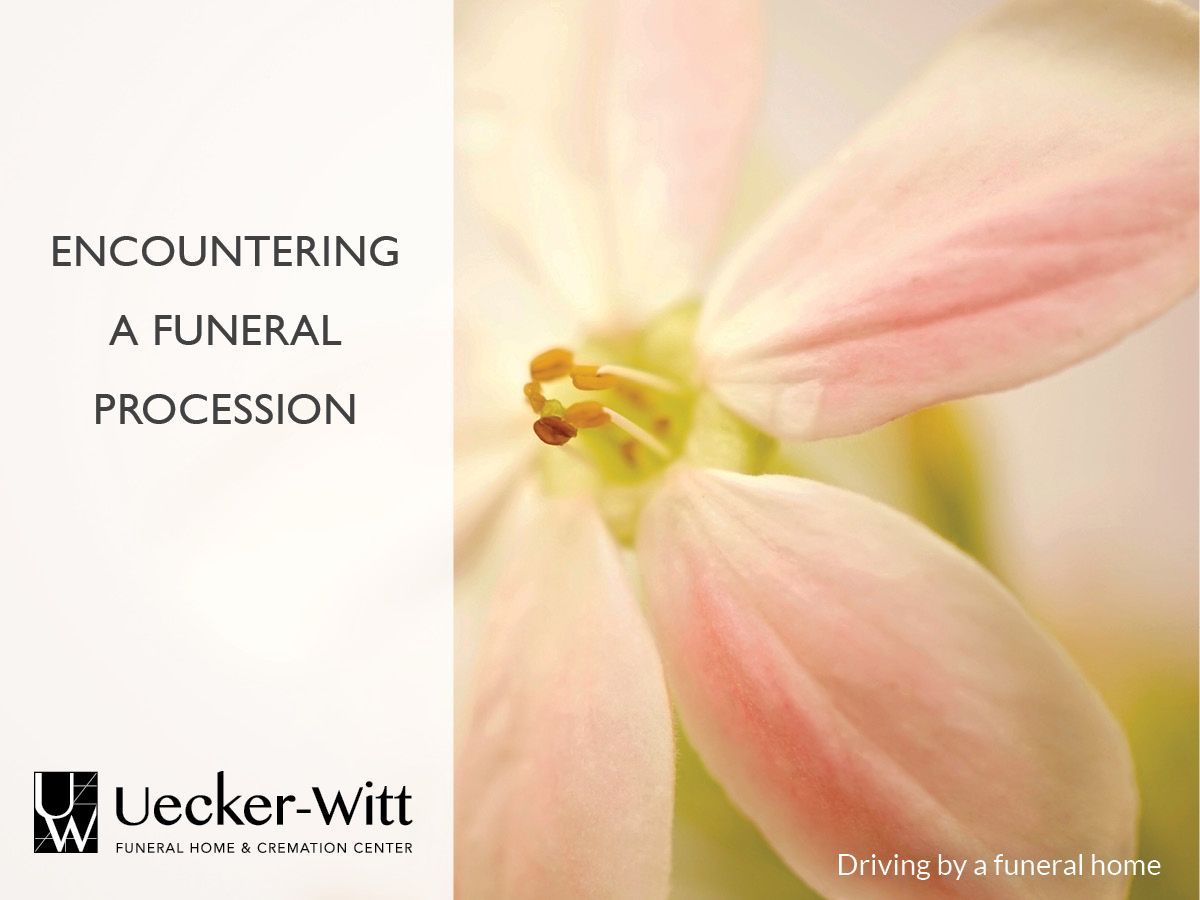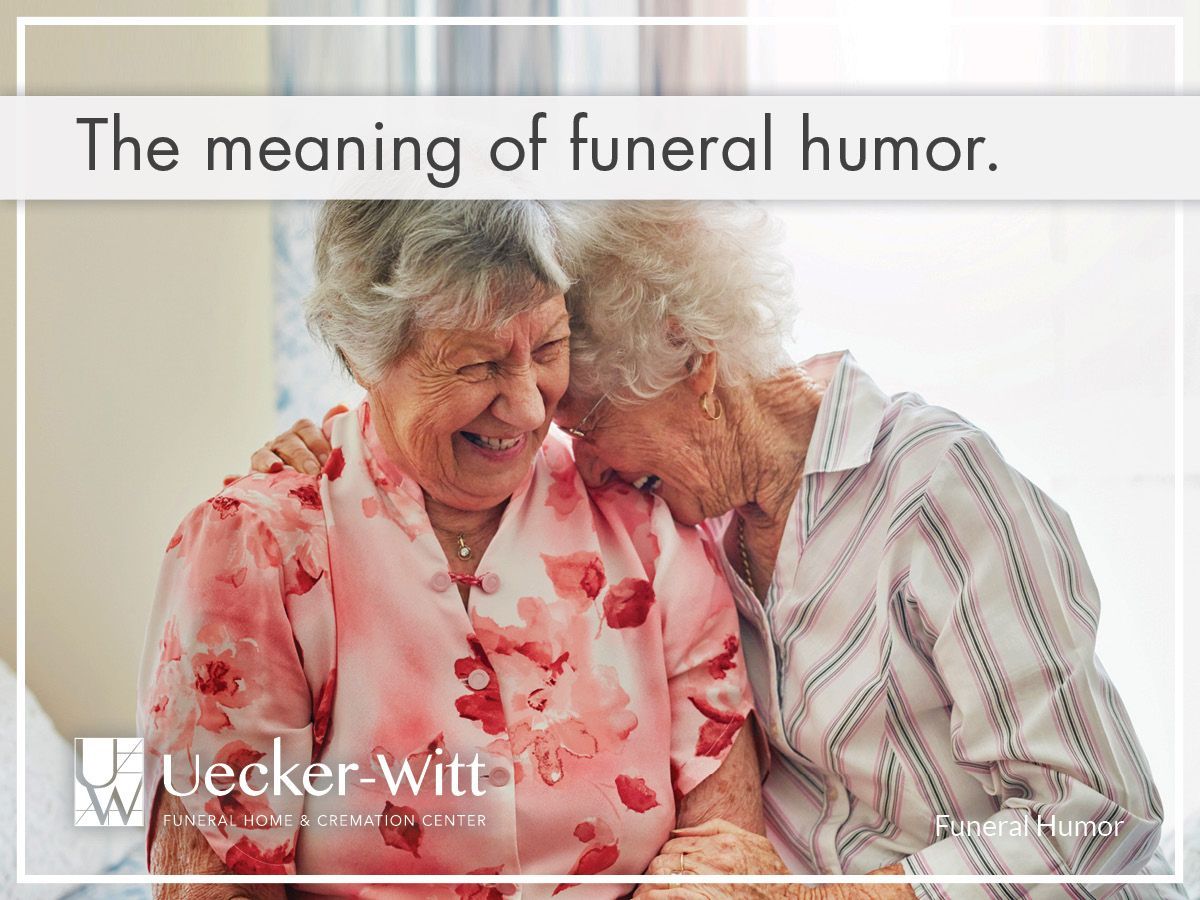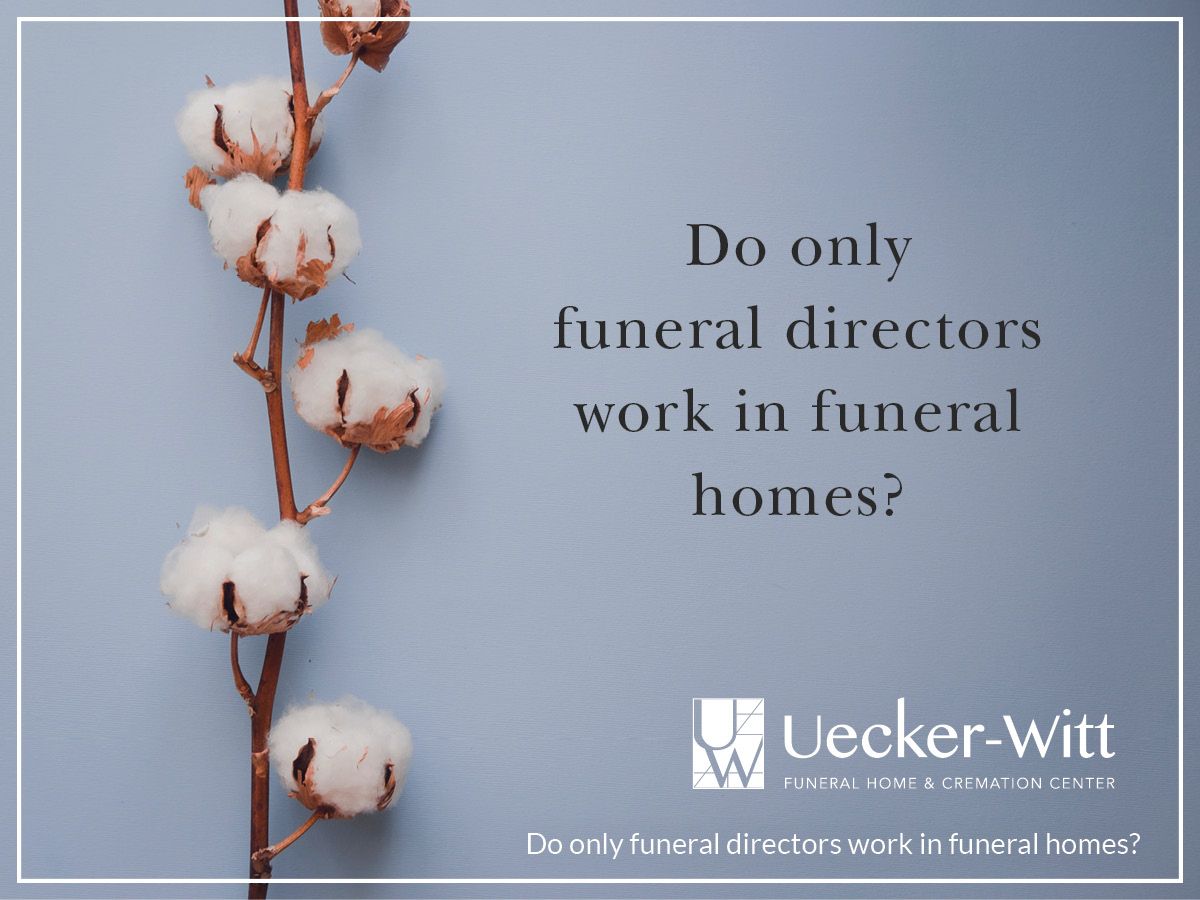The Changing Face of American Veterans
Veteran’s Day is the day Americans set aside to honor all who have served in the military during times of war and times of peace. We thank them all.
Many books have been written and movies made about World Wars I and II, Korea, and even Vietnam. But, what do we know about our post 9/11 Veterans? Who are they? Who do we thank?
When the draft ended in 1973, all branches of the armed services began the transition to the all-volunteer military force we have today. Since that time, the makeup of the military has been changing. While the total number of troops serving is declining, the force is becoming more diverse racially, ethnically, and by gender.
The majority of new recruits come from families with incomes between $38,345 – $80,912. Eighty percent come from families with a history of service. Their father, uncle, or grandfather also served. The share of the US population with military experience is on the decline. Seven percent of the total US population served in 2016 down from eighteen percent in 1980.
Fifty six percent of active duty personal are married, seven percent are in dual military families and thirty nine percent have children. According to a study conducted by the Rand Corporation since 2001, 2.77 million service members have served on 5.4 million deployments across the world with soldiers from the Army accounting for the bulk of them. Deployed personnel were under 30 years old on average, over half were married and about half had children.
On average military personnel sign on for four years of active duty plus four years in the reserves. Deployment for service personnel is typically for a period of 12 months followed by 12 months stateside. A post 9/11 service person will very likely see a second deployment during their term of enlistment. Career service members typically rotate 12 months deployed, 12 months home, 12 months deployed, 24 months home.
So, who do we thank? We thank all service men and women. We thank the husbands, wives and children of our service men and women. Post 9/11 military service is a family job.















